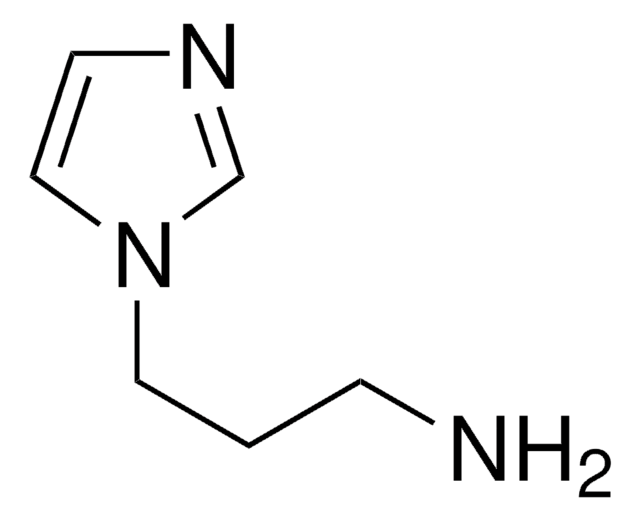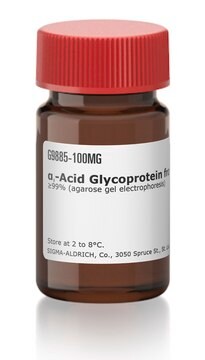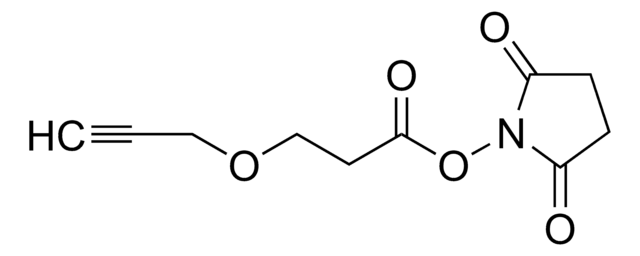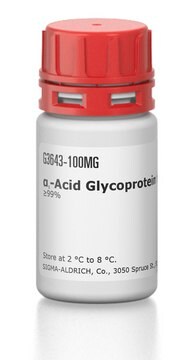910007
20-Azido-3,6,9,12,15,18-hexaoxaicosanoic acid
95%
Sinónimos:
Azido-PEG6-CH2CO2H, Azido-PEG6-acid, N3-PEG6-CH2COOH
About This Item
Productos recomendados
assay
95%
form
(Liquid or Semi-Solid or Paste or Solid)
reaction suitability
reaction type: click chemistry
reagent type: cross-linking reagent
functional group
azide
carboxylic acid
storage temp.
2-8°C
SMILES string
OC(COCCOCCOCCOCCOCCOCCN=[N+]=[N-])=O
Application
Legal Information
Related product
Storage Class
10 - Combustible liquids
wgk_germany
WGK 3
flash_point_f
Not applicable
flash_point_c
Not applicable
Elija entre una de las versiones más recientes:
Certificados de análisis (COA)
¿No ve la versión correcta?
Si necesita una versión concreta, puede buscar un certificado específico por el número de lote.
¿Ya tiene este producto?
Encuentre la documentación para los productos que ha comprado recientemente en la Biblioteca de documentos.
Global Trade Item Number
| Número de referencia del producto (SKU) | GTIN |
|---|---|
| 910007-100MG |
Nuestro equipo de científicos tiene experiencia en todas las áreas de investigación: Ciencias de la vida, Ciencia de los materiales, Síntesis química, Cromatografía, Analítica y muchas otras.
Póngase en contacto con el Servicio técnico








